photo
Elizabeth S. Titus
upper West Side/CPW
The lion from Chinatown's New Year's parade
Manhattan's Chinatown is home to the largest group of Chinese people in the western hemisphere and is one of the oldest ethnic Chinese communities outside of China. It plays an enormous role in the life of the city!
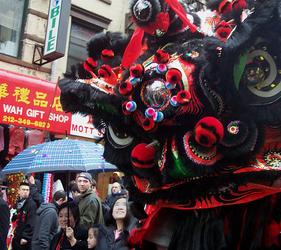
elizabeth S. Titus
upper West Side/CPW
Famous black wrought iron gates in front of Bellevue Hospital
This hospital, founded in 1736, is the oldest public hospital in the country. Many leaders in medicine trained there, and milestones such as the first ambulance service and first maternity ward took place at Bellevue, as well as a Nobel Prize-winning cardiac catheterization laboratory.

Elizabeth S. Titus
upper West Side/CPW
Red doors and red banner from Abyssinian Baptist Church in Harlem
The church goes back to 1808 and is known for its activism, especially in the area of civil rights.
In 1908, Adam Clayton Powell, Sr. became pastor of the church. By the time his son Adam Clayton Powell, Jr. took over in 1937, the church was the largest Protestant congregation in the country.

Elizabeth S. Titus
upper West Side/CPW
Sign from Stonewall Inn
The Stonewall riots took place on June 28, 1969, at the Stonewall Inn in Greenwich Village.
They are symbolic in the history of gay rights because they marked the start of the movement that spread from NYC to the rest of the world.
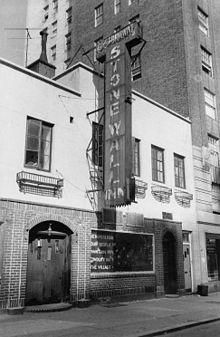
chuck reinhardt
highland lakes, new jersey
"f.w. woolworth's 5 & 10" store.
new york city was it's national headquarters.
woolworths sold everything from clothing, footware to consummer goods.
lots of items like pencils and pens were priced from 5 to 10 cents.
chuck reinhardt
highland lakes new jersey
"horn & hardat"
first fast food automat in new york city, 1912.
an american icon. waiterless chrom and glass vending machines, whare the coffee was hot and the food good.
chuck reinhardt
highlabd lakes new jersey
the wall street bull
one less bull on the street the better.....
chuck reinhardt
highland lakes new jersey
"occupy wall street" hand made signs, against greed of wall street bankers
lots of picures of group signs on facebook.
chuck reinhardt
highland lakes, new jersey
a "bushwick beer bottle" @ 1900
as bushwick brooklyn grew factories that produced beer, thus bushwick was dubbed the beer capital of the northeast. 1880-1920.
Mark
Chelsea
Athena cup (blue coffee cup)
This exemplifies new york's hustle and bustle. On the go. Caffienated. In a rush. Yet quaint, cozy, and historic, with just a hint of kitch sprinkled in. The story of the athena cup is great, the Times did a fantastic obit on its creator.
And in typical New York fashion, this cheap, little, generic cup with fake flair has transformed itself into an icon seen on the streets of the city every morning.
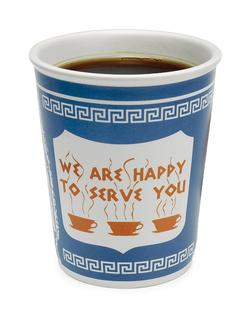
chuck reinhardt
highland lakes, new jersey
" a shirstwaist" simuilar to the one from the triangle shirtwaist factory fire, in 1911.
a shirtwaist were fashionable dresses of the time that featured an upper portion styled like a mens shirt with buttons and a turnover collar.
in 1911, over a hundred women died when a fire trapped them in the burning sweatshop with no escape.
Emily Illfelder
Larchmont, NY
Push carts
I think that old New York push carts are an iconic representation of the immigrant experience, especially on the lower east side. At one time push carts, selling just about anything, crowded the city. It is this fantastic merging of immigration and capitalism.
I don't have any photos but I stole one from google :-)
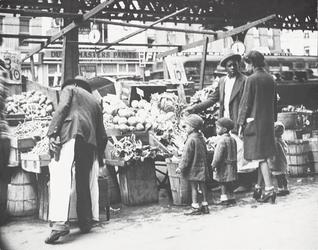
chuck reinhardt
highland lakes new jersey
a hunk of steel, from 9/11, with pictures and letters from loved ones.
i'm sure i'm not the fist one to think of this.
Margaret Brown
Westfield, NJ
The Wampum beads were used to buy the island of Manhattan from the Native American tribe the Algonquins
Peter Minuit a Dutch setter made the purchase on May 24, 1626
All my life I heard that Manhattan was bought for beads. I thought it was a myth at first, but we looked it up on the internet and local library. Now it seems to be kind of true
Those crooked dutch settlers
Wampum beads = Manhattan
You could buy Manhattan with a pocket full of beads
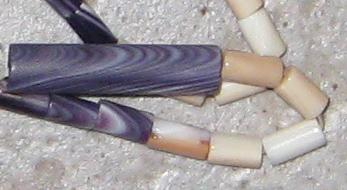
chuck reinhardt
highland lakes, new jersey
1960's retired graffiti covered subway car with hanging straps.
if you can't fit the subway car into the museum, a picture will do.
chuck reinhardt
highland lakes, new jersey
ellis island log book, 1915. for example.
{ since it's impossible to include the whole of ellis island in a museum, and it's rich history, a log book of incoming immigrants will suffice]
from 1892 to 1954, over 12 million immigrants entered new york harbor through ellis island, including my mother and 6 brothers and sisters.
by the way, ellis island went from 3 acres to 27 acres mostly by landfill obtained from the construction of the new york city subway system.
PAUL ASCHER
JACKSON HEIGHTS
Peter Stuyvesant's peg leg
Who better symbolizes New York's Dutch heritage - which is surely an essential part of the City's story - than Peter Stuyvesant, with his ominous peg leg, said to have been used by him to clobber troublesome drunkards in a Wild-West Neuwe Amsterdam he was determined to tame? (Come to think of it, how could he have used that wooden leg as a blodgeon and stay upright?) The peg leg, evocative of those outlaw pirates and battle-wounded military officers of yore, aptly symbolizes Stuyvesant's time, which, as we learned in the elementary school version, also becomes part of a tidy historical narrative in which an autocratic tyranny will inevitably give way to democracy.
PAUL ASCHER
QUEENS
Peter Stuyvesant's peg leg
Who better symbolizes New York's Dutch heritage - which is surely an essential part of the City's story - than Peter Stuyvesant, with his ominous peg leg, said to have been used by him to clobber troublesome drunkards in a Wild-West Neuwe Amsterdam he was determined to tame? (Come to think of it, how could he have used that wooden leg as a blodgeon and stay upright?) The peg leg, evocative of those outlaw pirates and battle-wounded military officers of yore, aptly symbolizes Stuyvesant's time, which, as we learned in the elementary school version, also becomes part of a tidy historical narrative in which an autocratic tyranny will inevitably give way to democracy.

chuck reinhardt
highland lakes, new jersey
' 1920's news paper stand"
there were news stands on ever corner, especially in lower manhattan. before radio and tv, there were 2 or 3 additions a day. my father was a "newsboy" he once sold a paper to al smith for a nickle. he helped suppor a family of 8, living in a railroad flat in hell's kitchen.
chuck reinhardt
highland lakes, new jersey
a copy of allen ginsberg's poem "howl"
allen ginsberg was an american poet and one of the leading figures of the beat generation in the 1950's. he opposed the war in vietnam and sexual repression. he is best known for his poem "howl" in which he celebrated his fellow "angle headed hipsters"
gindsberg lived modestly, buying his cloths in second hand stores, and living in downscale apartments in new york's east village.

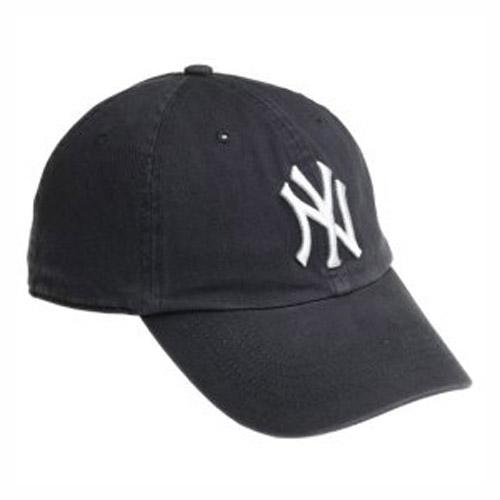
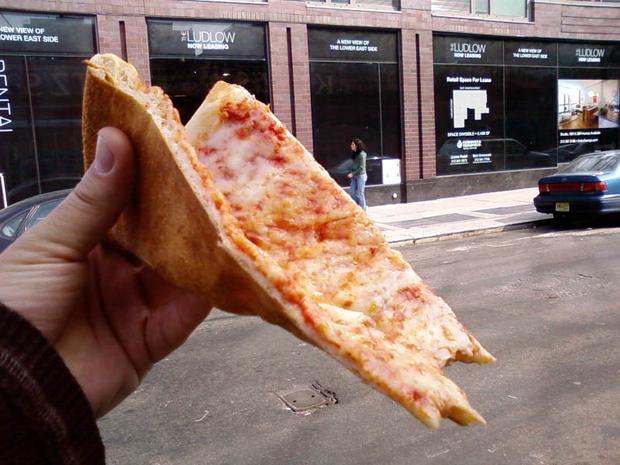
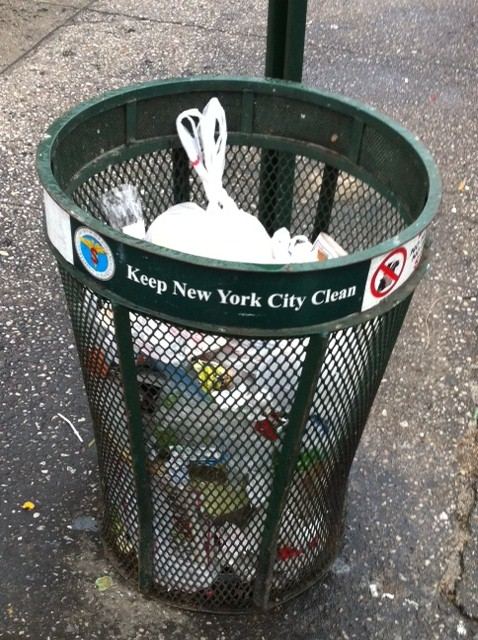

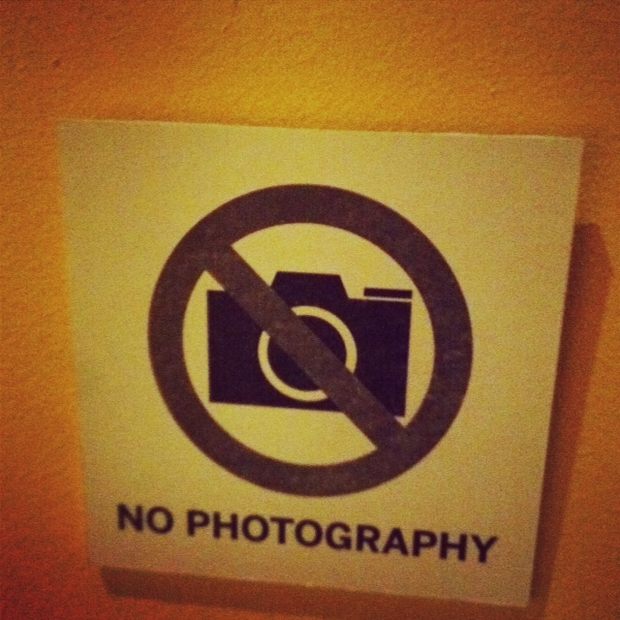
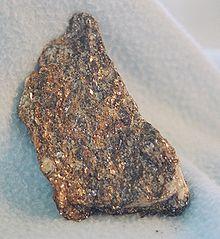
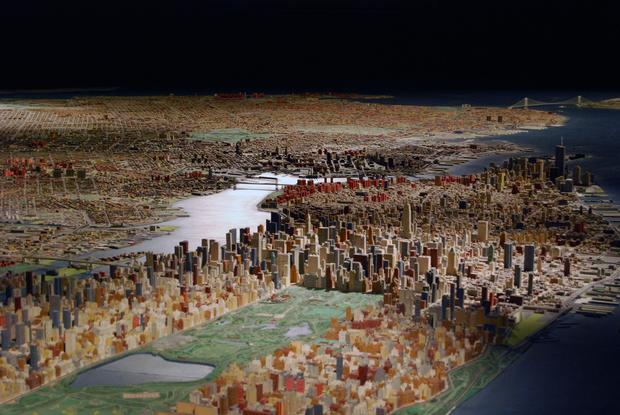
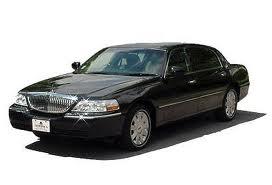
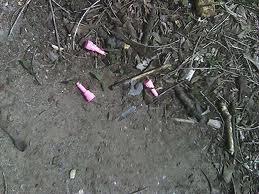
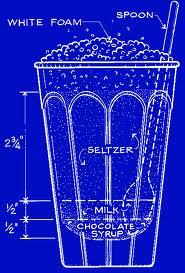
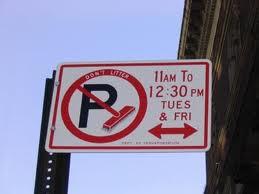

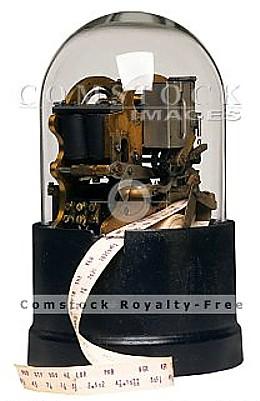
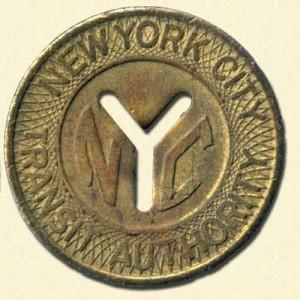
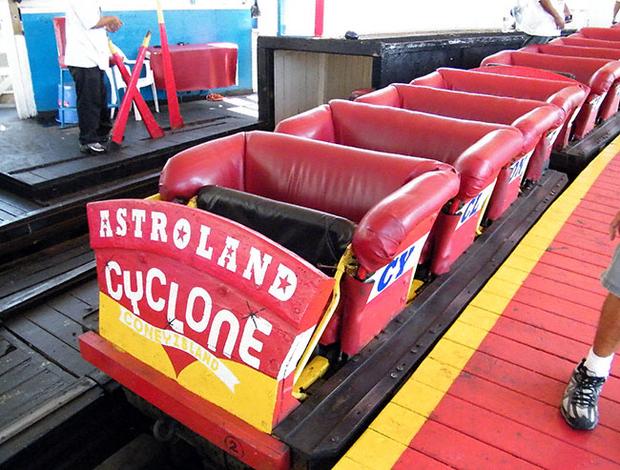
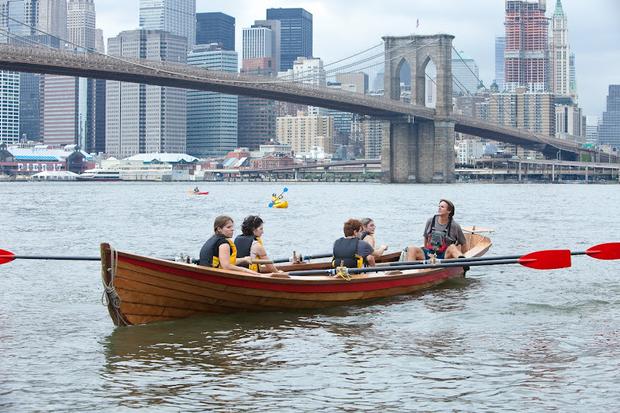


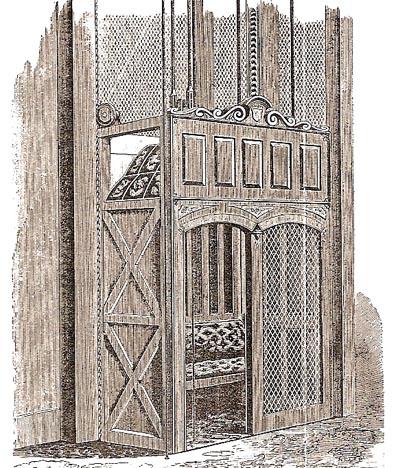
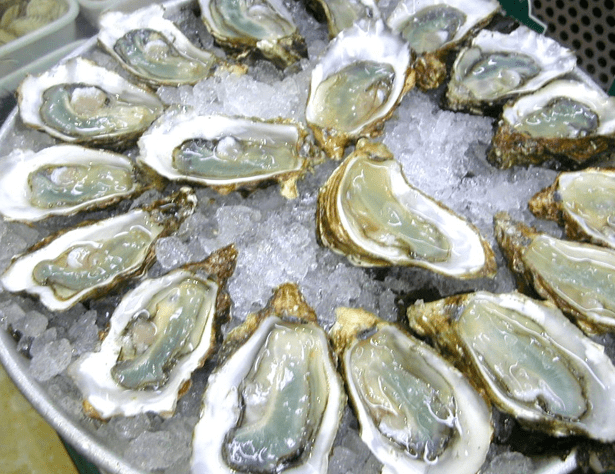
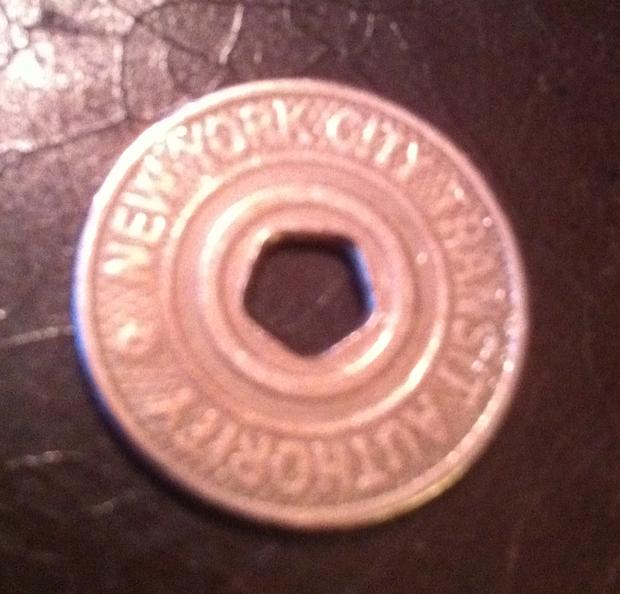
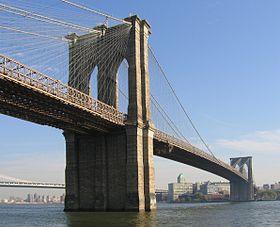




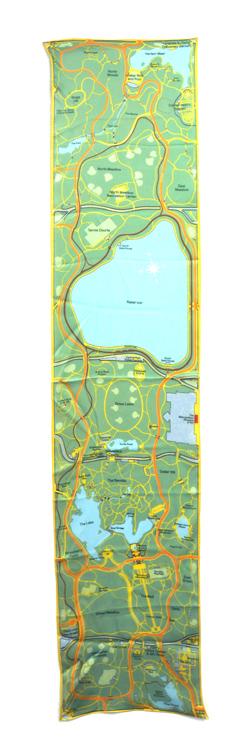

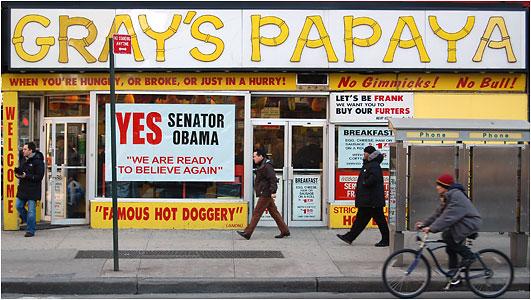
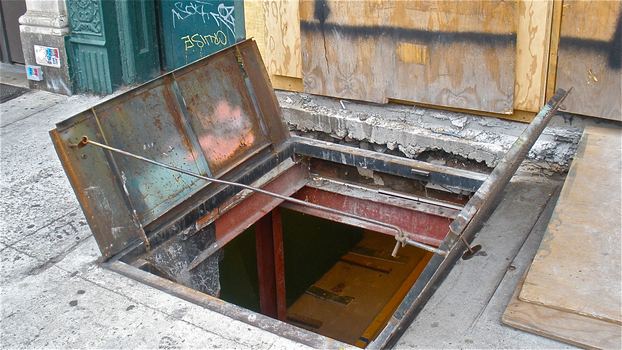
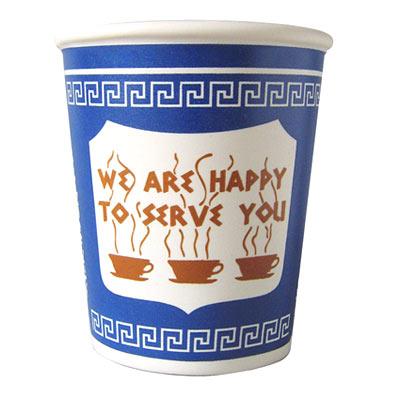
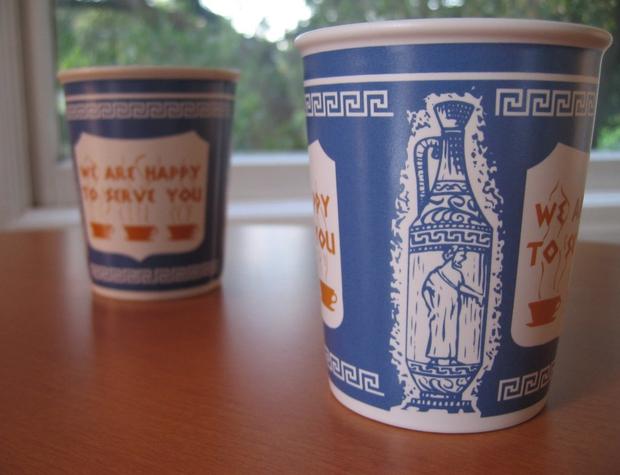
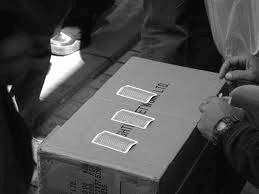
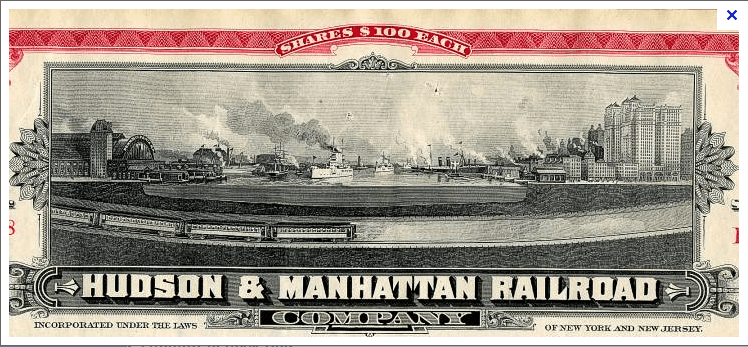

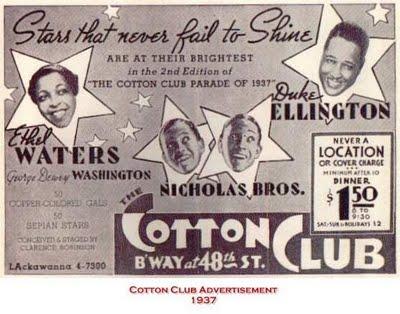


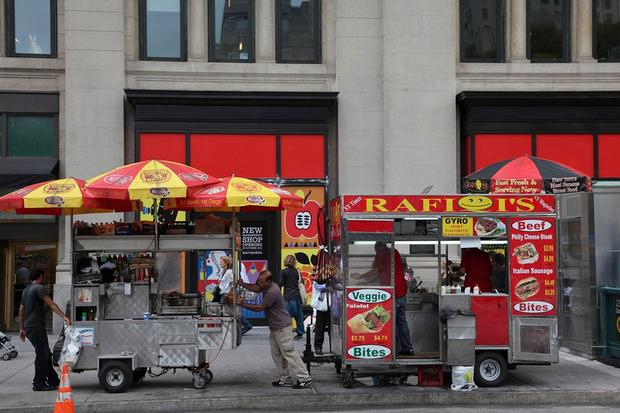
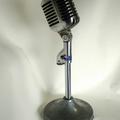
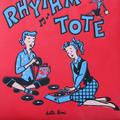
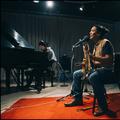

Leave a Comment
Email addresses are required but never displayed.